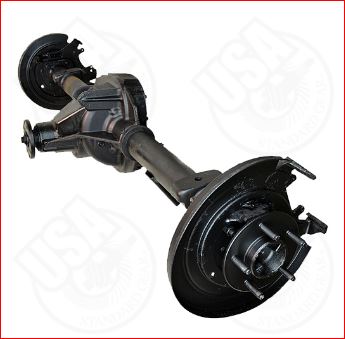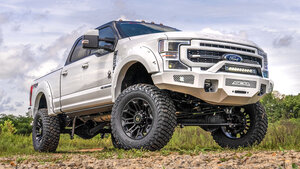Are you an owner of a 2002 Ford F150 and looking to improve its performance? Look no further than upgrading your rear differential! The rear differential is a crucial component of your truck’s drivetrain, responsible for transferring power from the engine to the wheels. Upgrading to the right rear differential can improve your truck’s acceleration, towing capacity, and overall handling. But with so many options available, it can be overwhelming to choose the best one for your specific needs. That’s where we come in. As experts in the field of automotive performance, we have compiled a comprehensive guide to help you select the right rear differential for your 2002 Ford F150. From gear ratios to differential types, we’ll cover all the essential information to help you make an informed decision and get the most out of your truck. So, get ready to take your F150 to the next level and experience the full potential of your vehicle with the right rear differential upgrade.
What is a rear differential and what does it do?
Before we dive into the importance of upgrading your rear differential, let’s start with the basics. The rear differential is a component of your truck’s drivetrain that allows the wheels to rotate at different speeds while still receiving power from the engine. This is necessary because when you turn a corner, the inside wheel travels a shorter distance than the outside wheel, and they need to be able to rotate at different speeds to maintain traction and stability. The rear differential ensures that the wheels can rotate at different speeds while still receiving power from the engine, allowing for smooth and stable turns.
The rear differential is also responsible for transferring power from the engine to the wheels. In a rear-wheel-drive vehicle like the Ford F150, the rear differential is the link between the transmission and the rear wheels. When you press the accelerator pedal, the engine’s power is sent to the transmission, which then sends it to the rear differential. The rear differential then transfers the power to the wheels, allowing the truck to move forward.
Signs of a failing rear differential in a 2002 Ford F150
If you suspect that your rear differential may be failing, it’s important to address the issue as soon as possible. Some signs that your rear differential may be failing include:
– Whining or howling sounds coming from the rear of the vehicle
– Grinding or clunking noises when turning or accelerating
– Vibration or shaking at high speeds
– Difficulty turning or steering
– Reduced traction or handling

If you notice any of these symptoms, it’s important to have your truck inspected by a qualified mechanic as soon as possible. A failing rear differential can lead to further damage and potentially dangerous driving conditions.


